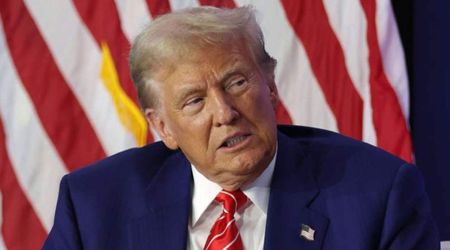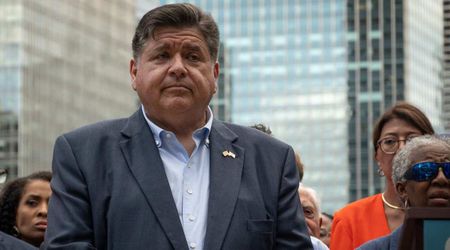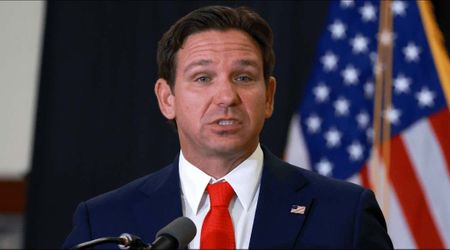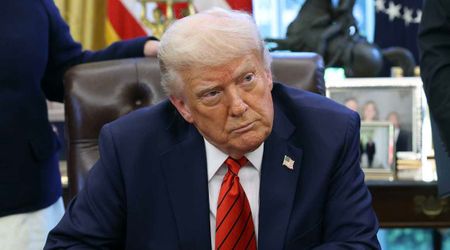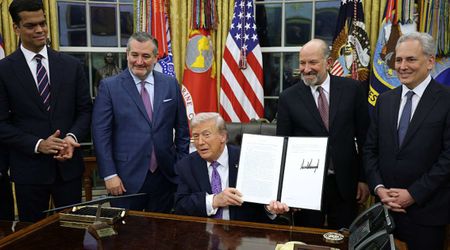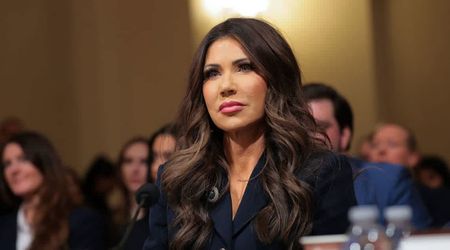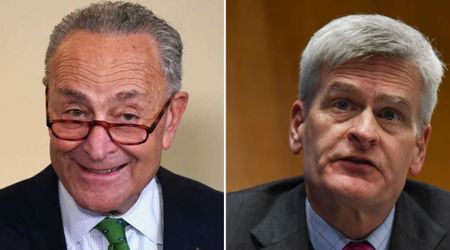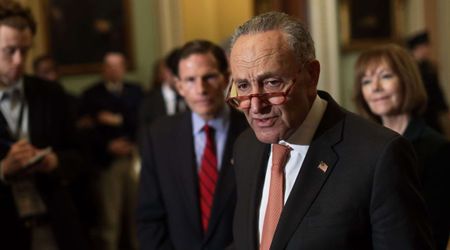‘He’s 94’: Trump wants Rupert Murdoch to testify soon in Epstein suit as WSJ owner may become unavailable

WASHINGTON, DC: Donald Trump is urging a federal court to compel media titan Rupert Murdoch, 94, to testify in his $10 billion defamation lawsuit against The Wall Street Journal, before the aging mogul becomes "unavailable" for trial.
Trump is suing the Murdoch-owned publication over an article he claims falsely linked him to convicted trafficker Jeffrey Epstein. Now, the president is pushing for Murdoch to be questioned under oath without delay.
Trump’s lawyers push for early testimony from Rupert Murdoch in $10B defamation case
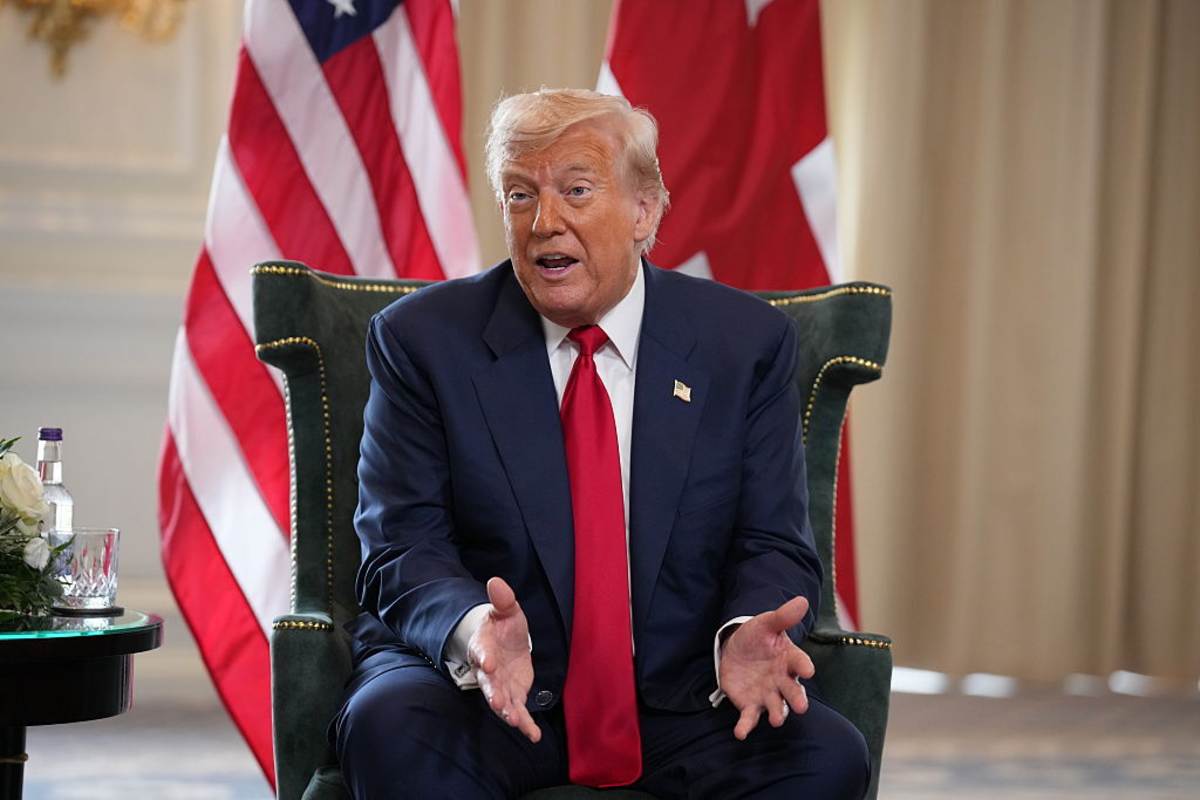
Trump’s legal team is pushing for an expedited deposition of Rupert Murdoch, citing the 94-year-old media mogul’s advanced age and health concerns as key reasons. In a motion filed in Miami federal court on Monday, July 28, Trump’s attorneys argued that Murdoch may be too ill, or potentially deceased, by the time the $10 billion defamation case goes to trial.
“Murdoch is 94 years old, has suffered from multiple health issues throughout his life, is believed to have suffered recent significant health scares, and is presumed to live in New York, New York,” the filing states. “Taken together, these factors weigh heavily in determining that Murdoch would be unavailable for in-person testimony at trial.”
The attorneys also pointed out that the court has not yet scheduled the exchange of evidence or testimony in the case. They argued, "Murdoch has an advantage over President Trump as Murdoch is able to defend himself because he has access to all the information and documents related to the below-defined malicious and defamatory Article, and the decision behind deciding to publish it."
They added, "On the other hand, President Trump has very limited information related to the Article."
“For these and other reasons,” the filing continues, “Murdoch would not suffer any prejudice significant enough to outweigh the good cause that exists to grant this Motion.” According to the filing, Murdoch opposes the request for early testimony.
Judge orders Rupert Murdoch to respond as Trump seeks testimony

On Monday, July 28, US District Judge Darrin Gayles, who is overseeing Donald Trump’s $10 billion defamation case, issued an order requiring Rupert Murdoch’s legal team to respond to a motion by August 4.
The motion, filed by Trump’s attorneys, seeks not only to compel the 94-year-old media mogul to testify under oath but also demands a broad range of documents and communications related to the lawsuit.
Among the requested materials are any records exchanged between Murdoch and the other named defendants, as well as all forms of digital correspondence, text messages, iMessages, WhatsApp chats, Slack messages, Signal communications, WeChat texts, and others—related to the article at the heart of the case.
Trump’s legal team is also seeking a detailed call log from Murdoch covering the period of July 10 to July 25.
What happened between Trump and Rupert Murdoch?
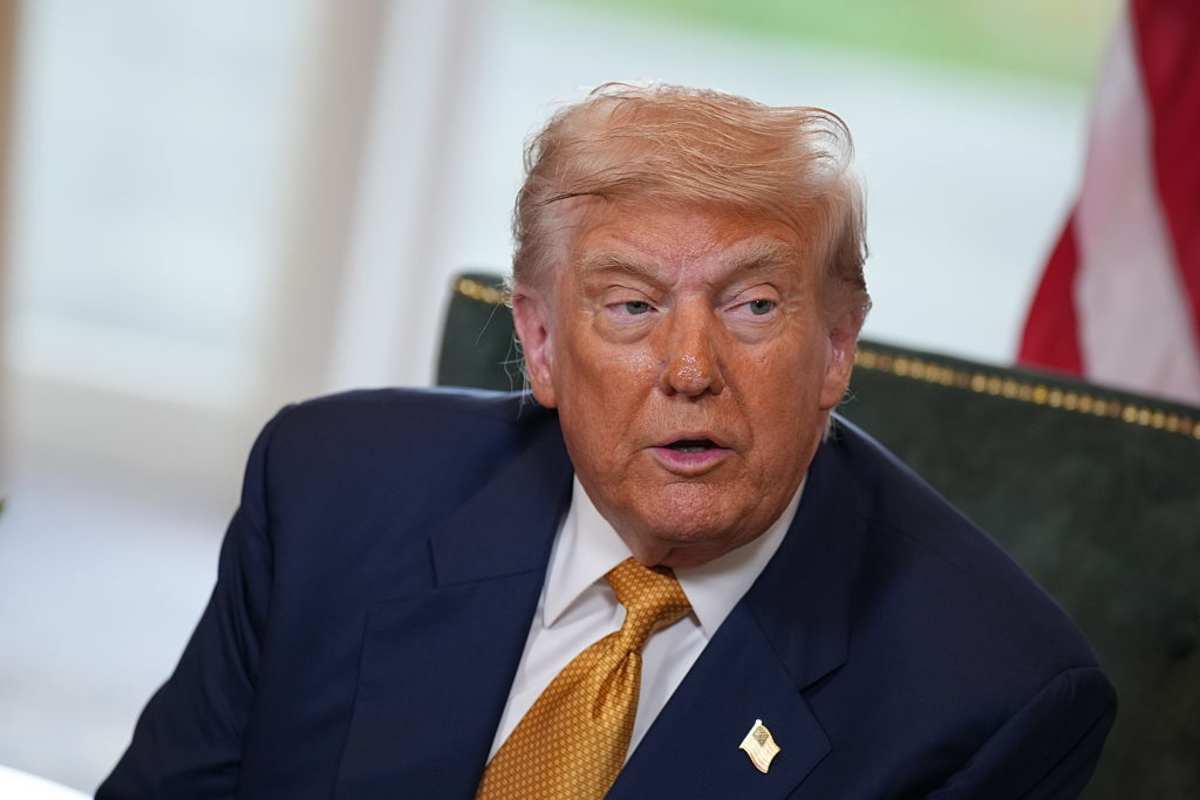
The case stems from a recent article published by The Wall Street Journal, a Murdoch-owned outlet, which claimed that Trump once sent Jeffrey Epstein a birthday letter in 2003. According to the article, the letter featured typewritten lines framed by the outline of a naked woman, reportedly hand-drawn in marker.
The letter, the Journal claimed, concluded with the words: “Happy Birthday — and may every day be another wonderful secret.”
Trump has vehemently denied writing or sending the letter and filed suit against Murdoch, News Corp, CEO Robert Thomson, Dow Jones & Company (the Journal’s publisher), and reporters Khadeeja Safdar and Joseph Palazzolo, who co-authored the article.
According to the motion filed Monday, Trump allegedly contacted Rupert Murdoch directly after being alerted to the story. He reportedly told Murdoch the letter was a fake. In response, Murdoch is said to have reassured Trump that he would “take care of it.”
Despite this alleged conversation, the article was published, an action Trump’s attorneys argue reveals “actual malice” and intentional defamation.
The filing stated, "Because Defendants published the Article after President Trump spoke directly with Murdoch and advised him that the letter referenced in the Article was fake, Murdoch’s direct involvement further underscores Defendants’ actual malice and intent behind the decision to publish the false, defamatory, disparaging, and inflammatory statements about President Trump identified in the Complaint."

